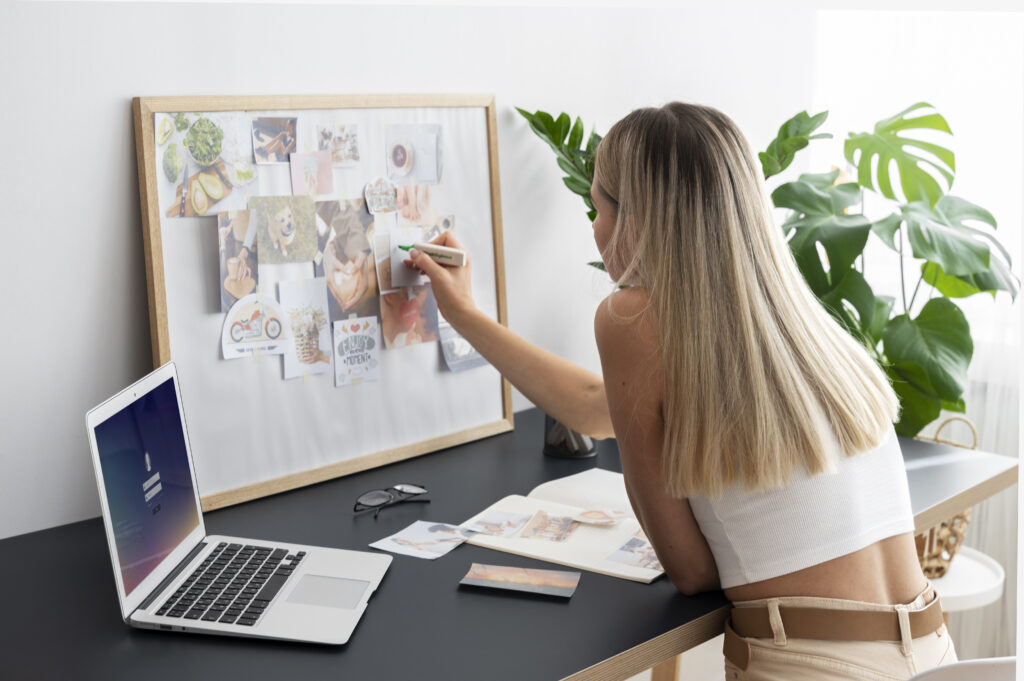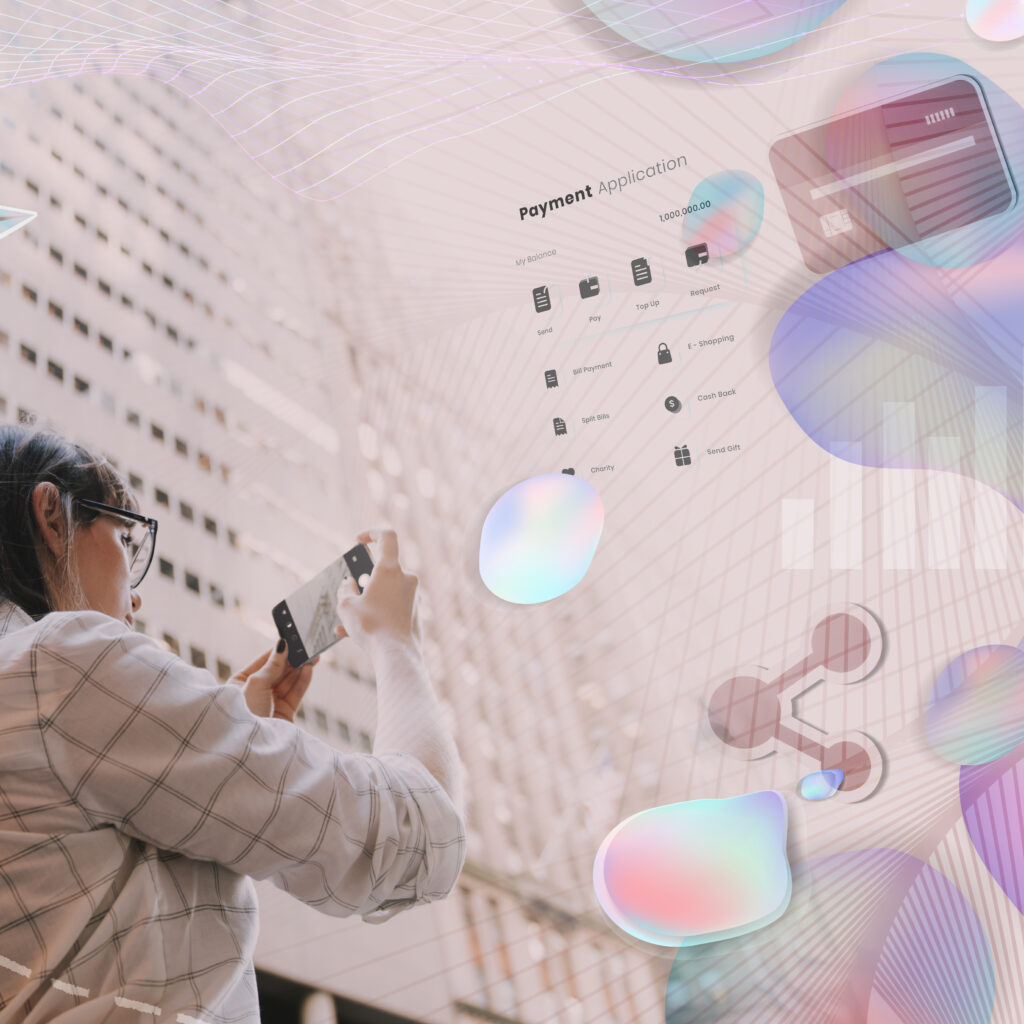Licensing AI Art: 3 Best Strategies
In an era where artificial intelligence has become an integral part of the creative landscape, the emergence of AI-generated art presents novel challenges and opportunities in licensing. One of the foremost strategies involves a comprehensive understanding and adherence to copyright laws, which are often in flux and vary significantly across jurisdictions.
This necessitates a proactive approach to legal compliance, ensuring that AI-created works do not inadvertently violate existing intellectual property rights. Furthermore, the implementation of precise licensing agreements is paramount, as these documents serve as the bedrock for protecting the interests of creators while stipulating the scope of usage rights granted to licensees.
A third, equally critical strategy is the engagement with reputable platforms specializing in disseminating and commercializing AI-generated art. Such platforms can offer invaluable guidance and infrastructure for artists navigating the complexities of licensing in the digital age. As we consider the implications of these strategies, it becomes clear that they collectively form a framework that can shape the future of art creation, distribution, and monetization in an AI-driven world.
To fully grasp the implications of these strategies, one must consider the nuanced interplay between innovation, law, and the evolving norms of artistic expression.
Key Takeaways
- Understanding the varying definitions of ‘originality‘ across jurisdictions is crucial for effectively navigating copyright eligibility for AI-generated art.
- Clear licensing terms are essential for explicitly stating the commercial or non-commercial usage of AI-generated works and outlining restrictions on usage, duration, and renewal conditions.
- Navigating international laws requires awareness of the nuanced criteria across different jurisdictions, such as the UK’s focus on human intervention and the US’s lack of protection for AI-generated works.
- Engaging with reputable platforms specializing in AI-generated art can provide invaluable guidance, infrastructure, and opportunities for artists to reach wider audiences and monetize their creations.
Understand Copyright Eligibility

When considering the protection of AI-generated art, it is imperative to understand the varying definitions of ‘originality’ across different jurisdictions, as this criterion is fundamental to copyright eligibility. In intellectual property, copyright is the legal bedrock that grants artists exclusive rights to their artwork.
However, the advent of AI-generated works presents novel copyright issues, especially concerning authorship. In the United States, the US Copyright Office has clarified that AI-generated works do not meet the requirement for ‘human authorship’; thus, copyright does not protect such works under current law.
Conversely, the UK acknowledges the potential for AI-assisted works to be copyrighted, provided there is significant human intervention. This distinction underscores the importance of human engagement in the creative process in determining copyright protection.
Meanwhile, the EU mandates a dual requirement for protection: originality and the expression of the author’s intellectual effort. This sets a higher bar for AI-generated artwork to be eligible for copyright, as the work must reflect a human creator’s unique personality and effort.
The intricacies of these legal frameworks underscore the need for clear strategies in licensing AI-generated art to navigate potential copyright infringement issues effectively.
Establish Clear Licensing Terms

Establishing clear licensing terms for AI-generated art is a critical step that delineates permissible uses and boundaries to avert potential legal disputes. The precision in these terms ensures both the creators and users of AI art generation platforms understand their rights and responsibilities.
Licensing terms should explicitly state whether the AI-generated works are intended for commercial or non-commercial usage. This distinction is vital for copyright protection as it influences potential revenue and copyright ownership discussions.
Attribution requirements are another cornerstone of licensing, addressing the recognition of the original artist or AI developers. Users must know how to appropriately credit AI-generated works to respect the terms of service and copyright norms.
Restrictions should also be outlined to inform users about any limitations on the usage of the artwork, such as prohibitions on derivative works or geographic constraints.
The duration and renewal conditions of the license must be specified to avoid ambiguity over the term for which users can exploit the AI-generated art. Licensing can adopt various forms, from traditional copyright licenses to more flexible arrangements like Creative Commons, each with unique stipulations regarding fair use and replication.
Clear licensing terms are thus imperative for the orderly distribution and utilization of AI-generated art.
Navigate International Laws

Navigating international laws is a complex yet essential task for licensors of AI-generated art, as copyright regulations can vary significantly across different jurisdictions. The global landscape of AI copyright is not unified, presenting a challenge for those who wish to license AI Art Generator outputs.
- United Kingdom (UK Copyright)
- AI-assisted works: Protected by copyright if there’s significant human intervention.
- Human authorship: An essential element for protection, aligning with traditional copyright principles.
- Legal Precedent: Ongoing developments may refine the scope of protection for AI creations.
- United States
- AI-generated works: Generally not protected due to the absence of human authorship.
- The Court of Justice Has not established concrete guidelines specifically addressing AI copyright.
- Public domain: Many AI-generated works fall under this category, complicating licensing efforts.
- European Union
- European Commission Proposal: A four-step test for AI works, focusing on human intellectual effort and originality.
- Artificial intelligence: Considered a tool, not an author, within the proposed framework.
- Navigate International Laws: Requires awareness of nuanced criteria across EU member states.
Given these variances, licensors must adopt an informed, analytical approach to ensure compliance with the diverse landscape of international copyright laws. Understanding the nuances of each jurisdiction is crucial for securing and enforcing AI copyright.
FAQs
What is AI-generated art licensing?
AI-generated art licensing involves the legal permission granted by the creator to allow others to use, reproduce, or sell artwork generated by artificial intelligence (AI) algorithms.
How can AI-generated art be used for commercial purposes?
AI-generated art can be used commercially by obtaining a license from the creator and then incorporating the artwork into various products or marketing materials for sale.
What are some recommended AI tools for creating and licensing AI-generated art?
Some recommended AI tools for creating and licensing AI-generated art include stable diffusion, Midjourney, and other machine learning-based generative AI platforms that enable artists to produce unique and innovative artworks.
What are the best strategies for licensing AI-generated art?
The three best strategies for AI-generated art licensing include understanding copyright infringement risks, utilizing prompt-based AI generation, and using AI-generated art platforms to create and sell licensed artworks.
How can artists make money with AI-generated art?
artists can make money with AI-generated art by licensing their creations for commercial use, selling them through online marketplaces, or offering online courses and workshops to teach others about AI art creation.
